- Basics of Protection (Hrs. 06; Marks 06)
1.1 Necessity, Functions of Protective System
1.2 Normal and Abnormal Conditions
1.3 Types of Faults and Their Causes
1.4 Protection Zones and Backup Protection
1.5 Short Circuit Fault Calculations in Lines Fed by Generators Through Transformers
1.6 Need of Current Limiting Reactors and their Arrangements
- Circuit Interrupting Devices (Hrs. 15; Marks 16)
2.1 Isolators – Vertical Break, Horizontal Break and Pantograph Type
2.2 HRC Fuses – Construction, Working, Characteristics and Applications
2.3 Arc Formation Process, Methods of Arc Extinction (High Resistance and Low Resistance)
2.4 Arc Voltage, Recovery Voltage, Restriking Voltage, RRRV
2.5 HT Circuit Breakers (Sulphur Hexa Fluoride (SF6) Vacuum Circuit Breaker) – Working, Construction, Specifications and Applications
2.6 L.T. Circuit Breakers (Air Circuit Breakers (ACB), Miniature Circuit Breakers (MCB), Moulded Case Circuit Breakers (MCCB), MPCB, RCBO and Earth Leakage Circuit Breaker (ELCB)) – Working and Applications
2.7 Selection of LT and HT Circuit Breakers (Ratings)
2.8 Selection of MCCB for Motors
2.9 Gas Insulated Switchgear (GIS)
2.10 Insulation Coordination : Type 1 and Type 2 Coordination
2.11 Introduction to ETAB
- Protective Relays (Hrs. 15; Marks 16)
3.1 Fundamental Quality Requirements : Selectivity, Speed, Sensitivity, Reliability, Simplicity, Economy
3.2 Basic Relay Terminology : Protective Relay, Relay Time, Pick-up Current, Reset Current, Current Setting, Plug Setting Multiplier, Time Setting Multiplier
3.3 Protective Relays : Electromagnetic Disc Relay Operation, Thermal Relay. Block Diagram and Working of Static Relay, Over Voltage Relay
3.4 Over Current Relay – Time Current Characteristics
3.5 Microprocessor Based Protection Relays : Block Diagram, Working and Protection Features
3.6 Distance Relaying – Principle, Operation of Definite Distance Relays
3.7 Directional Relay : Need and Operation with Block Diagram
3.8 Operation of Current and Voltage Differential Relay
- Protection of Alternator and Transformer (Hrs. 13; Marks 14)
Alternator Protection
4.1 Faults
4.2 Differential Protection : Over Current, Earth Fault, Overheating and Field Failure Protection
4.3 Reverse Power Protection
Transformer Protection
4.4 Faults
4.5 Differential, Over Current, Earth Fault, Over Heating Protection
4.6 Limitations of Differential Protection
4.7 Buchholz Relay : Construction, Operation, Merits and Demerits
4.8 Introduction to Microprocessor Based Transformer Protection
- Protection of Motors, Bus-Bars and Transmission Lines (Hrs. 08; Marks 10)
Motor
5.1 Faults
5.2 Short Circuit Protection, Overload Protection, Single Phase Preventer
Bus-Bars and Transmission Lines
5.3 Faults on Bus Bars and Transmission Lines
5.4 Bus-Bar Protection : Differential and Fault Bus Protection
5.5 Transmission Line : Over Current, Distance and Pilot Wire Protection
- Over Voltage Protection (Hrs. 07; Marks 08)
6.1 Causes of Over Voltages
6.2 Lightning Phenomena and Over Voltage due to Lightning
6.3 Protection of Transmission Line and Substation from Direct Stroke
6.4 Types of Lightning Arrestors, Their Construction and Principle of Operation
6.5 Need of Insulation Co-ordination, Volt-Time Characteristic and Basic Impulse Insulation Level
6.6 Neutral Earthing : Need and Types
6.7 Difference between Equipment and Neutral Earthing
6.8 Insulation Co-ordination





 Zoom
Zoom

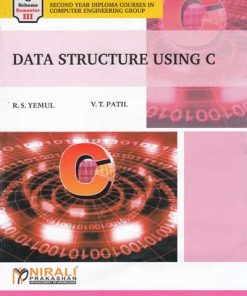
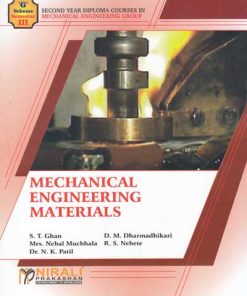
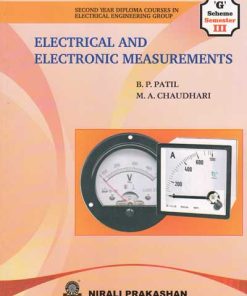
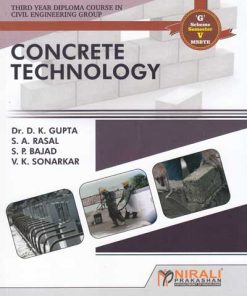
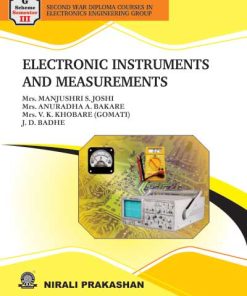
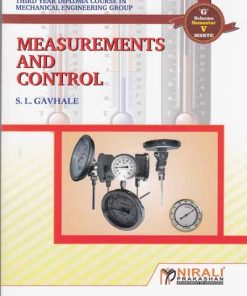
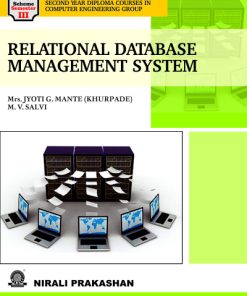
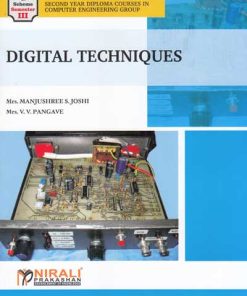


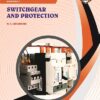
Reviews
There are no reviews yet.